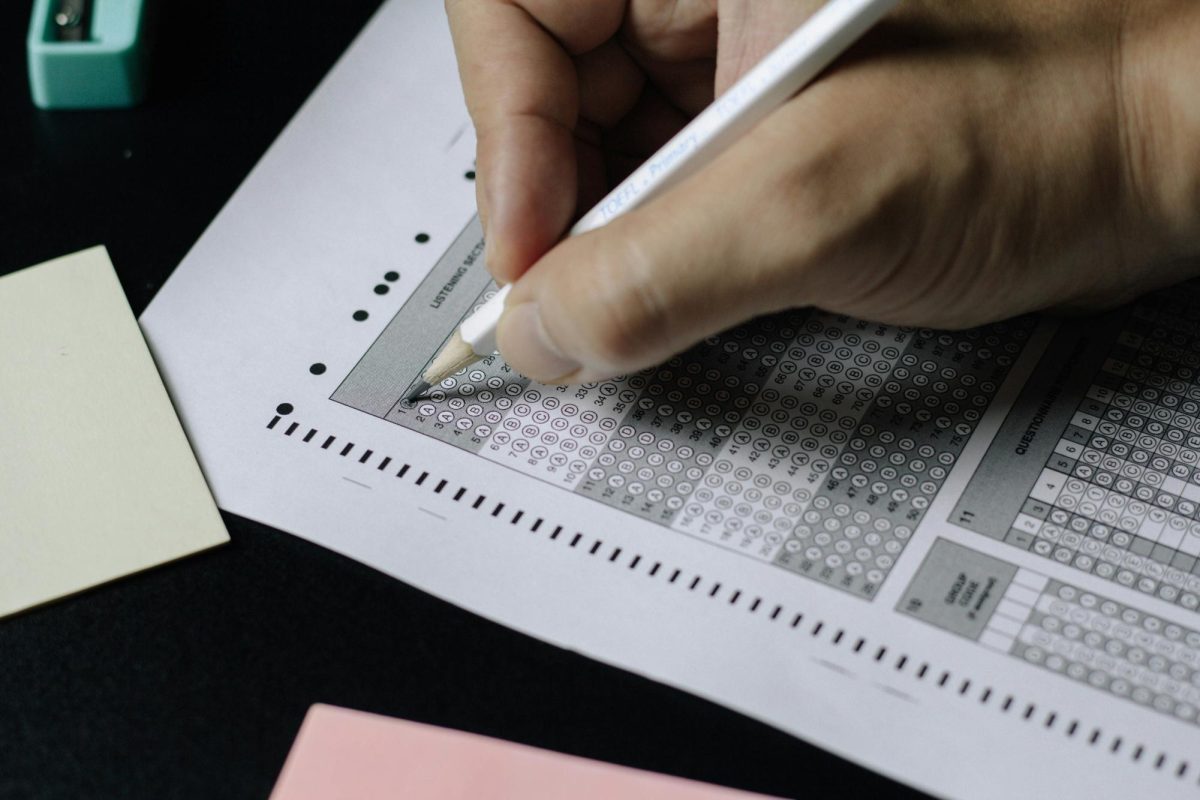As the end of the year rolls around many cheers for the summer as well as dread the coming of the tests during this time period. The terms, Regents and AP (Advanced placement) exams may bring anxiety to you. The Regents Exams, unique to the state of NY, are designed to measure the skills, knowledge and understanding a student possesses of a particular subject. Similar to state tests which are taken during elementary and middle school, but are not necessarily mandatory nor graded, whilst Regents are done so, for graduation requirements to earn a Regents diploma. Furthermore, AP classes are classes focused on subjects in a more intense manner, taught in a way of college-level (referred to as college-level courses). However, these aren’t mandatory classes.
What do the scores mean?
The way these tests are graded are vastly different. First the regents are scaled based on 0 to 100, getting a 65 is a passing grade. But the range of the 70’s or above is essentially the desired score–deemed as college ready. In comparison to AP exams which are based on another scale, but from 1 to 5. Taken from the college board score scale table, a 1 means no recommendation, a 2 being possibly qualified (both have no equivalent course grade, and are failing grades), 3 is qualified, 4 deems very well qualified and a 5 is extremely well qualified (scores ranging from 3 to 5 prove one to be able to handle college leveled work).
But what do you get out of these exams?
The regents grant the regents diploma, a minimum of 5 regents of the core classes (English, math, global and US history, and science), scoring at least a 65 as mentioned. There are three types of diplomas a graduate can get, the local, regents and advanced Regents diploma. So a Regents diploma isn’t necessarily required as the NYC public schools announce that all diplomas are valid– but there are criteria to meet in order to get a local diploma. That criteria being for those who have disabilities but score between a 55 to 64 on the exams. Additionally, the advanced Regents diploma is to express more interest beyond the 5-core needed to graduate, students can showcase their interests in other aspects of math, sciences, languages, etc.…
Now onto AP exams, have a range of which credit can be due, scores between the 4 or 5 is when college credit is guaranteed, a 3 may be acceptable at times. These college credits are useful, as taking these classes and earning the credit allows for you to not take the introductory classes required by college. Which saves time, money and such in the future!
How did these Exams start?
It’s the year 1865, November with a fair temperature in the air. Eighth graders are supervised and directed for an introductory test that is to be changed for the future. The first preliminary Regents exam was taken on that very day, continuing the modifications till 1959 to be replaced briefly by another testing plan which discontinued not short after. But during this time period in 1876, the regents were officially established by an organization called “The Board of Regents”, which groups assigned to oversee educational institution practices. This establishment called a Regents session in 1878 had many (high school) educational institutions of NY state participating (with only five subjects very distinct from what we take now actually, such as Latin and philosophy), which was followed by another the year after with about 40 subjects! As the years went on, subjects had expanded into the category and the regents continued to be adjusted.
Now similar to regents, AP classes were done in a preliminary manner, as around 530 high school students were tested for the test in 1952. When back in the past there were only 11 subjects, as compared to now with about 39 courses! Same goes for the costs to take the exams, which were only 10 dollars in 1952(but according to In2013Dollars.com, those 10 dollars were worth about $118), to the now usual $98 dollars. Though there are financial programs that allow for students to take the class and test free(students free and reduced price lunch–FRPL eligibility)! Moving forward of the first AP testing, a year after the organization, the College Board had become in charge of AP’s.
As June approaches, an estimated one week and a half are off from school, students are to attend school on days of their exams and coordinated times. The rest of the days could be taken advantage of for those who are in need of rising their grades through AIS. AP weeks have finished during the weeks of May.
Remember to get ready for the exams–some personal ways i have done so is by binging YouTube(very good lectures and resources), multiple mock tests to get a feel of the way the tests are formatted, flash cards for any important vocab and those mini tests helps a lot, as well as studying techniques like studying a topic and writing down all the info you’ve learnt(keen on memorization), or mind maps to organize why/how information provided could be relevant. Good Luck!
GOOD YOUTUBE CHANNELS:
- Heimler’s History (History, many AP Historical based courses)
- Mr. Sinn (APHUG & AP Psychology)
[And just entering in “insert subject review“]
SOURCES:
https://www.bestcolleges.com/blog/history-ap-exams-classes/#:~:text=The%20pilot%20program%20for%20AP,as%20we%20know%20it%20today.
(Best Colleges)
https://www.nysed.gov/state-assessment/history-new-york-state-assessments
(NYSED)







